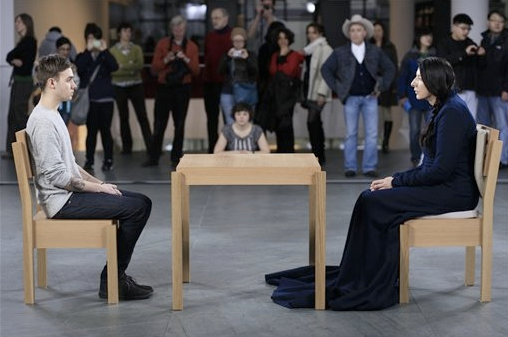
The 2008 Biennial, the seventy-fourth in the series of Whitney Annual and Biennial exhibitions held since 1932, presents eighty-one artists working at a time when art production is above all characterized by heterogeneity and dispersal.
 An eagle’s nest on the Whitney’s overhang is part of “Animal Estates,” an installation by Fritz Haeg in the 2008 Biennial, which opens on Thursday, March 6.
An eagle’s nest on the Whitney’s overhang is part of “Animal Estates,” an installation by Fritz Haeg in the 2008 Biennial, which opens on Thursday, March 6.Many of the projects presented in the exhibition explore fluid communication structures and systems of exchange that index larger social, political, and economic contexts, often aiming to invert the more object-oriented operations of the art market. Recurring concerns involve a nuanced investigation of social, domestic, and public space and its translation into form—primarily sculptural, but also photographic and cinematic. Many artists reconcile rigorous formal and conceptual underpinnings with personal narratives or historical references. While numerous works demonstrate an explicit or implicit engagement with art history, particularly the legacy of modernism, as well as a pronounced interest in questioning the staging and display of art, others chart the topography and architecture of the decentralized American city and take inspiration from postindustrial landscapes and urban decay. Using humble or austere materials or employing calculated messiness or modes of deconstruction, they present works distinguished by their poetic sensibility as they discover pockets of beauty in sometimes unexpected places.
(Whitney press release)


















